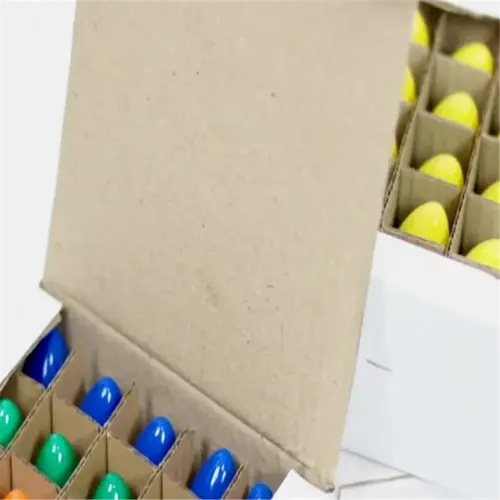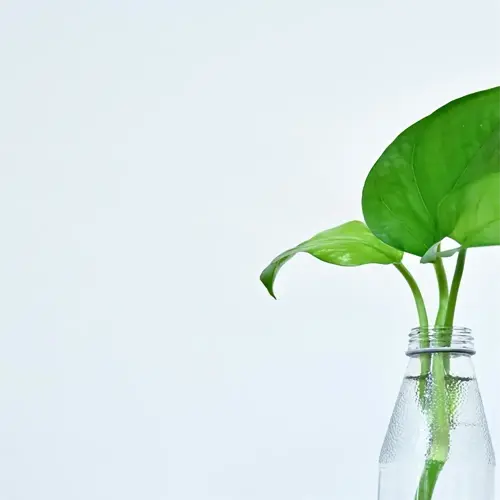When should I add lime to my soil?

Written by
Paul Reynolds
Reviewed by
Prof. Charles Hartman, Ph.D.Adding lime without first testing is almost like seasoning food while having your eyes closed. I once had a client who I applied too much lime to a blueberry patch for, their pH went from 4.8 to 6.2, and the plants turned yellow due to iron lockout. Always test vegetable and fruit crops pH first: if vegetable crops have anything over 6.0 pH they are at risk for nutrient deficiency and acid-loving fruits like blueberries prefer being below pH 5.5.
When to Apply Lime
- Soil pH below 6.0 for most vegetables
- pH under 5.5 for acid-loving plants (azaleas, blueberries)
- Clay soils needing structure improvement
Risks of Over-Liming
- Micronutrient lockouts (iron, zinc)
- Reduced phosphorus availability
- Increased soil alkalinity harming microbes
Although pelletized limestone has a faster action time, it tends to be more expensive. I've used the pellets in a few emergencies before planting tomatoes. For established gardens, the powdered lime takes some time to change the soil but is a less expensive option that is beneficial to maintain soil conditions. I recommend testing 6 weeks after applying because I once managed to save a rose garden by retesting and overcoming applying too much lime.
The regional precipitation will have a significant impact on lime needs. My clientele in the Pacific Northwest starts lime applications every two years, as rainy acidity lowers pH regularly. In arid regions, the danger of over-limiting will lead to permanent alkalinity. A New Mexico client had a pH of 8.3 due to over-liming, and we had to apply sulfur to take it back to where I could grow lettuce.
The texture of the soil determines the amount of lime to apply. Clay will retain lime longer, so we recommend applying 20 percent less lime than if you had sandy soils. For sandy soils, in the case of my client with tomato beds, I suggested a rate of 7 lb of pelletized lime for every 100 sq ft as opposed to 5 lb per 100 sq ft. Always adjust your rates based on the buffer pH reading in the soil test report.
Read the full article: How to Test Soil: 7 Essential Steps for Healthy Gardens

